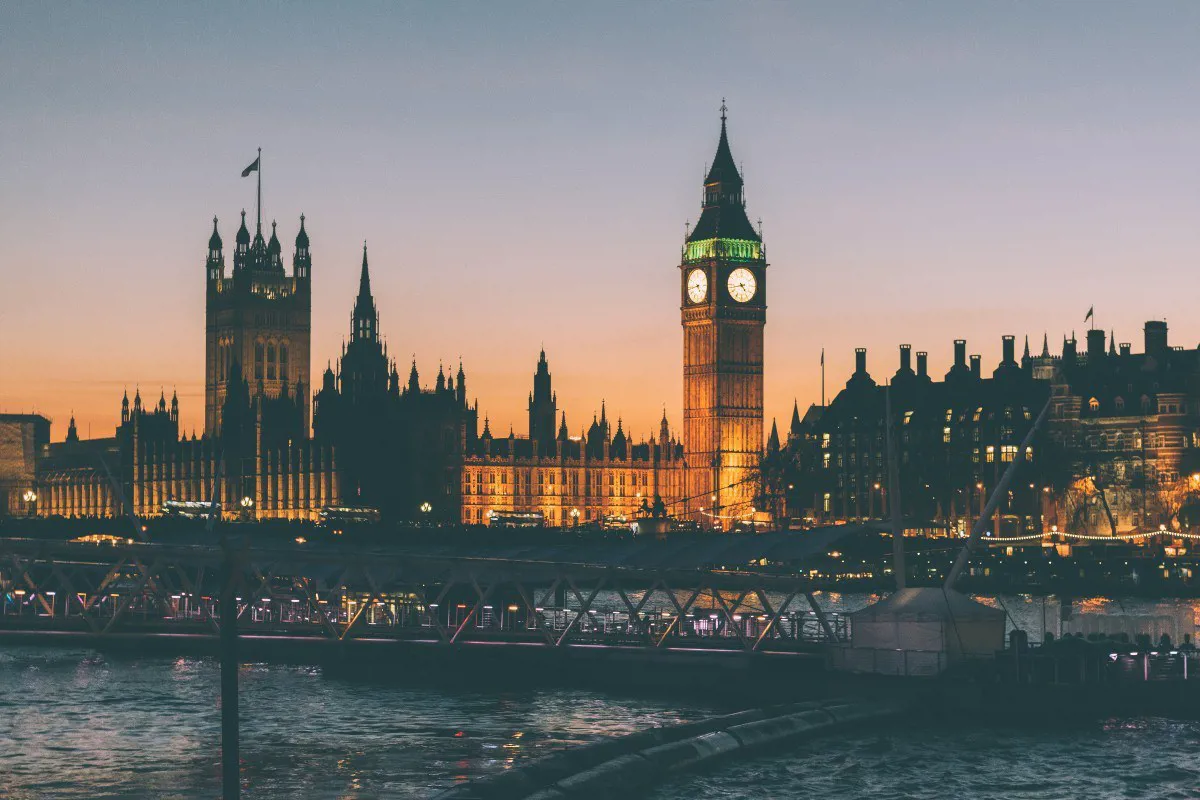Sadiq Khan this month announced his Environmental Strategy, outlining a long-term plan to transform London into the world’s first National Park city by 2050. The environmental strategy’s aims to target toxic air, increase green cover and make London a zero-carbon city through making buildings more energy efficient, encouraging cleaner forms of transport and energy and increasing recycling. 3,000 Londoners helped build the strategy and naturally business operations play a big part in the transformation. So, with just under 32 years to pull ourselves in line with this vision – a smidge longer than we had for GDPR, we have outlined the elements of this strategy that could affect working Londoners and businesses.
1. Air quality
We all know that air quality in London is poor, with annual legal emission limits already exceeded within the first month of 2018. London will be a zero-carbon city by 2050 according to the strategy, with the low carbon sector predicted to grow 6% each year, making this an exciting time for businesses to invest in low carbon technology.
Transport is the focal point for this target, with the Ultra-Low Emission Zone set to increase by 2021, and all newly registered vehicles required to be zero emission by 2030. Businesses, especially those with their own fleets, will need to adapt to ensure they meet the new standards and avoid penalties.
2. Green space
Currently, green space covers only 20% of the capital. The London Mayor’s vision is to increase this to 50% by 2050. This is fantastic news to those living and working in the city as it will help improve air quality and build a stronger economy, with every £1 spent on green space providing at least £27 of economic value. Plus, many new infrastructures will be built incorporating green spaces to their roofs... cue office veggie patches, composting and gardens.
3. Energy use
Improving energy efficiency for businesses will help increase resource efficiency and reduce running costs. Businesses will receive government support to make their workplace low carbon, such as RE:FIT programmes and solar panels.
4. Waste and recycling
By 2026, no waste from London will be sent to landfill, and by 2030, 65% of all waste should be recycled. First Mile customers are already achieving this recycling status 12 years ahead of the deadline. For the rest of London however, all businesses may soon be required to separate recycling from general waste and food, as already seen in Scotland. Nearly 90% of all office waste is recyclable, and with mixed recycling and food sacks costing less than general waste, businesses have the opportunity to save money as well as increasing their recycling rates.
5. Climate change risk
Over 12,000 commercial properties in London are currently at high risk of being flooded. Overheating is also a concern, with major infrastructure (such as National Rail services) being affected by extreme temperatures. These risks have the potential to reduce the world’s financial assets by £2.5 trillion, through damage to property, security of workforce and unreliable transport links. By working towards the targets outlined in Sadiq’s strategy, businesses have the potential to help mitigate these risks.
To read London's Environment Strategy, click here.



